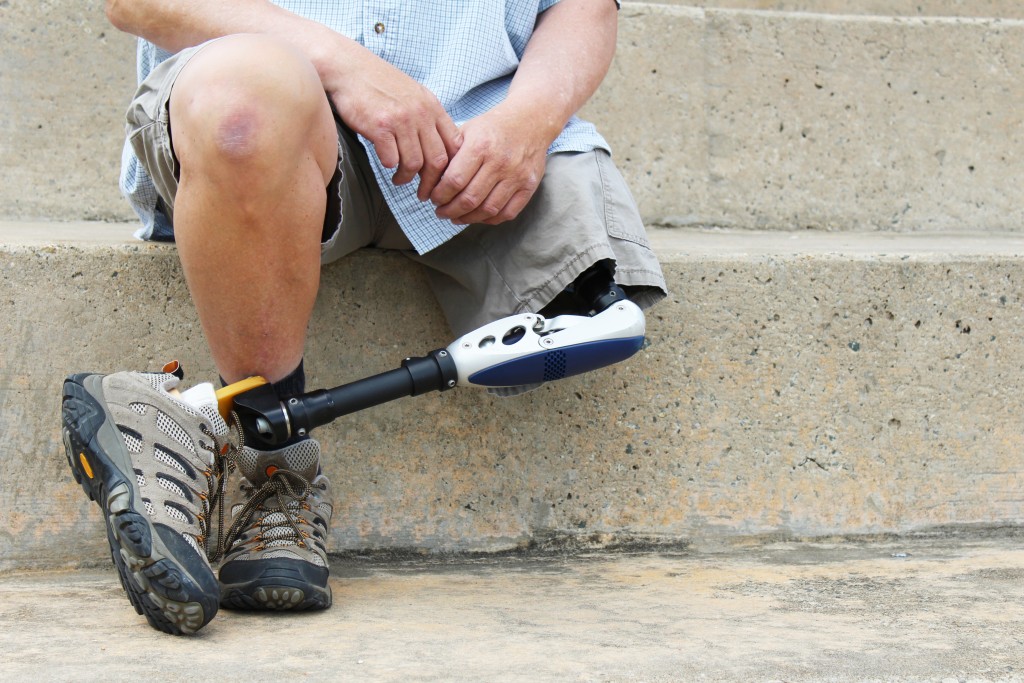In the age of the smartphone and social media, it seems like everyone’s a photographer now. No matter where people go, they seem to be snapping shots, editing, and posting away to Instagram. But how about persons with disabilities (PWDs)? Does this new creative outlet afford open access to all aspiring photographers?
The benefits of creative pursuits
The average person, possessed of all their faculties and physical functions, often fails to make full use of their creative potential. After all, how many people, despite possessing both hands and perfect vision, never even try to paint? How many people can hear and speak, but are tone-deaf and never seek to train their voices for singing?
In the field of design, it’s often said that restrictions breed creativity. And this can be particularly relevant to PWDs. After all, a disability is a form of restriction. It doesn’t stop you from living a full life. And in overcoming various forms of disability, people are exercising creativity throughout their lives.
Pursuing a creative hobby is also a means of improving one’s well-being. This applies to everyone but is especially significant to the disabled artist. They can find a means of expression that defies boundaries.
Not only will it help to release negative emotions and thoughts, but it can also change perceptions. Unfortunately, the world is still full of people who don’t see PWDs as fully-functional individuals who have a lot to contribute to the community. Finding a creative outlet dispels that myth and helps raise awareness for others with similar conditions.
Using technology to lower barriers
There are many creative pursuits you can explore, but due to advances in technology, photography is one of the most accessible. In decades past, you’d have to learn not only how to operate a camera, but how to process film.
The advent of the DSLR changed that. Mirrorless systems have made camera bodies even lighter and easier to operate. And recent improvements in smartphone cameras have made them arguably the ultimate device for aspiring PWD photographers.
You can shoot with one hand, wherever you go, using no extra equipment other than something you were already going to carry anyway. It’s a perfect tool for when you’re just getting started and learning the ropes of photography. And if you ever decide to use professional gear, there are grips and stands you can use to mount a camera body to an electric wheelchair.
Working on technique and vision

The great thing about photography is that technology is only part of the equation, and sometimes it’s not even half of what makes a successful photograph. You don’t need a high-end smartphone, professional studio lighting, or flattering portrait lens to capture fantastic images.
Photography is accessible because it comes down to training your eye and mind only. Remote controls and tripods even take away the need for physical strength and coordination. At most, you need to make an effort to find a good angle.
The rest of it comes down to technique and vision. Learn what makes for good composition, starting with the basics: the golden rule, the rule of thirds. Go beyond. Constantly observe your surroundings and study light. How does it change in color and character as the day progresses? How do objects change in appearance when they are lit differently?
Disability as a strength
Technology and technique aren’t the only means of overcoming this challenge. Sometimes, the nature of the disability itself presents a creative opportunity. How else to explain the amazing success of blind photographer Ian Treheme? Despite being deaf and suffering from degenerating vision, he uses his limited ability to see as an asset, building a unique and personal style.
In another example of using disability to fuel creativity, photographer Jaleel King, who can’t walk, was initially reluctant to push his craft further to the extent of meeting other people. Eventually, he overcame those self-imposed roadblocks and started a career in wedding photography. His limited perspective was a turn-off for some people, but this allowed him to filter out unwanted clients and focus on work that gives joy to all involved.
Learning how to become a photographer is not only possible for PWDs; their condition can strengthen it. People need to hear stories of overcoming difficulty. They need messages of hope. Those are relevant regardless of the age we live in, but are particularly relevant in our current times of crisis and uncertainty. This may be the best time for anyone, but especially PWDs, to become photographers.

